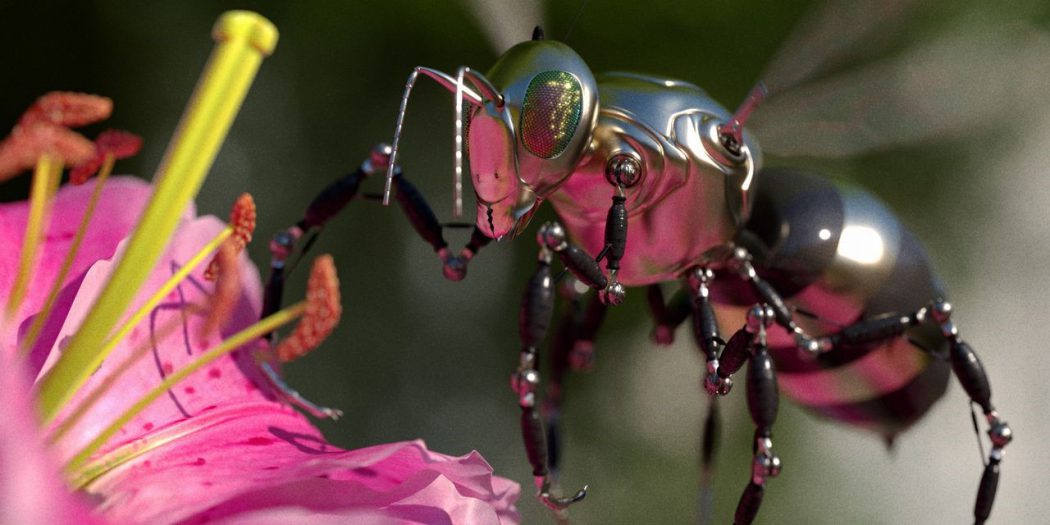Buzz Off, Bees. Pollination Robots Are Here.
The Future of Everything covers the innovation and technology transforming the way we live, work and play, with monthly issues on health, money, cities and more. This month is Artificial Intelligence, online starting July 2 and in the paper on July 9.
Farmers have long relied on insects, wind and even human workers to help pollinate their crops. Now, advances in artificial intelligence are helping some startups develop another way to pollinate plants: robots.
Across the globe, startups are testing robots to pollinate everything from blueberries to almonds. And in Australia, one company is so confident in robots’ abilities that it will soon deploy a fleet of them to pollinate tomatoes in its greenhouses.
The Future of Everything
A look at how innovation and technology are transforming the way we live, work and play.
Pollination robots could give future farmers a significant advantage, increasing yield compared with using insects, such as bees, and the human workers who are sometimes needed to help with certain crops. Scientists are also concerned that insect populations are declining because of habitat loss, pesticide use, climate change and other factors, which would make pollination robots even more important.
The robotic revolution is being sped up by so-called deep learning—a method that trains artificial neural networks that mimic the human brain. Advances in deep learning over the past decade have vastly improved AI’s ability to recognize images. That makes it easier for startups to develop robots that can quickly and accurately identify flowers for pollination.
Israeli startup Arugga AI Farming’s robots autonomously travel down a row in a greenhouse owned by Australian grower Costa Group Holdings. They use AI and cameras to quickly identify flowers ready for pollinating, and then blast them with air to pollinate them.
“To see it actually happening, it was quite amazing,” says Tal Kanety, a senior grower manager in the vertical-farming unit at Costa Group Holdings Ltd.
, the Australian grower which tested some robots before deciding to deploy more. “I thought it would work, I just didn’t think it would work that well on the first go.”
The robots were developed by Israel-based Arugga AI Farming, which used deep learning. The robots autonomously travel down a row in the greenhouse, use AI and cameras to quickly identify flowers ready for pollinating, and then blast air at the flowers to pollinate them. The cameras and air nozzles are on a mast and can reach as high as about 13 feet.
Unlike some other crops, tomato flowers pollinate themselves once vibrations shake pollen loose, so the pollen doesn’t need to be transferred between flowers. Costa will pay a monthly fee for Arugga to pollinate about 25 acres in its greenhouses, and roughly 30 robots will eventually be needed to cover the full acreage. The first seven are expected to arrive in the next few months.
In most countries, greenhouse tomato growers pay for bumblebees, which land on the flower and move their flight muscles to create the vibration needed for the flower to pollinate—unlike honeybees, which don’t perform this so-called buzz pollination. But in Australia, there are no bumblebees in most of the country, and strict biosecurity laws prevent them from being imported. So Australian growers rely on human workers, who use a vibrating wand to shake the plants.
To read the complete article go to;
https://newsupdate.uk/buzz-off-bees-pollination-robots-are-here/









